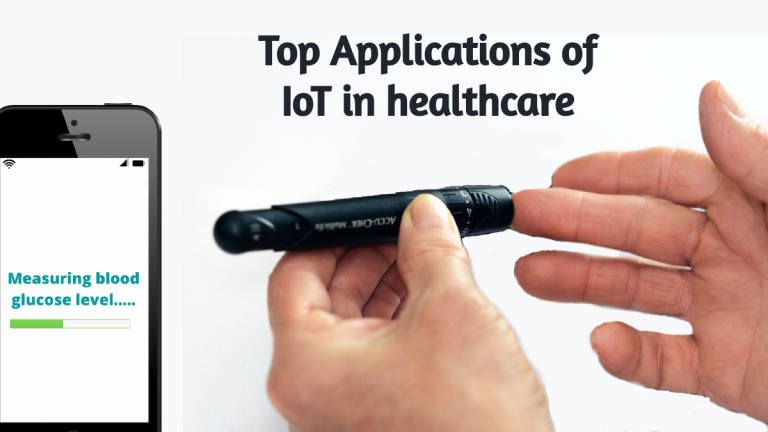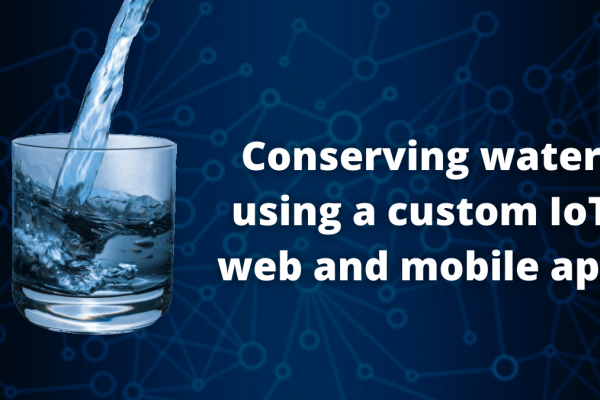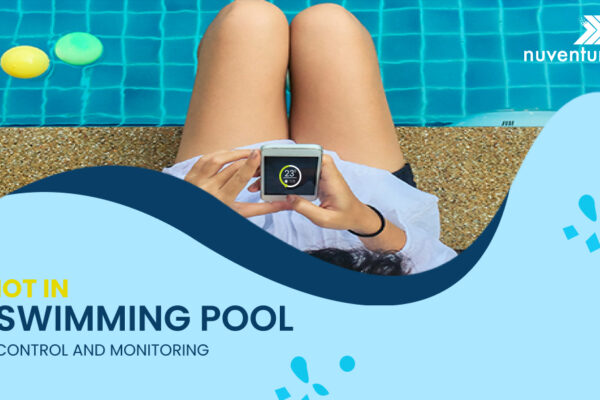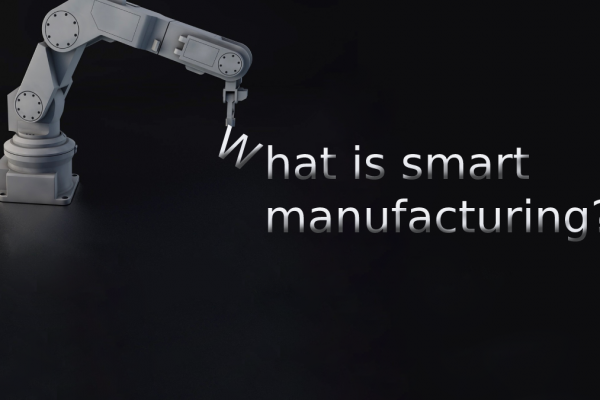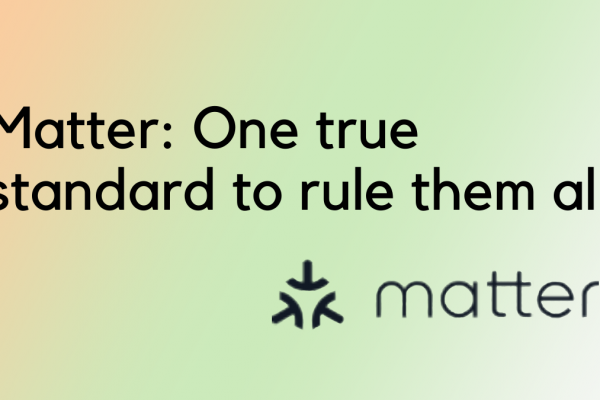AI and IoT are two new technologies that are driving each other and making their way into more and more fields. AI became mainstream in the form of simple chatbots and voice assistants, but now it has made their way into almost all tasks every task otherwise performed by humans, from driving to farming to healthcare. These days every single organisation is rushing to incorporate AI into their technologies and services. And for good reason. AI improves and optimises every process (Most of the time).
IoT revolution played a major role in the growth of AI technologies. With more sensors and internet-connected devices, IoT generated a lot of data, which served as fodder for technologies like machine learning and deep learning. AI became better with data from these sensors, and IoT network functioned better with AI. And these two technologies have made their way into healthcare, albeit in a limited manner.
The role of AI and IoT in healthcare became very obvious with the COVID 19 crisis. Companies and organisations have deployed AI to predict the virus, detect and diagnose it, and to possibly find a cure. But even before, these two technologies had made firm footing in healthcare. And the most popular example of this may be the Apple Watch.
Apple Watch
Apple Watch is not strictly a medical device, but it has amazing features that have already saved lives. Heart rate sensors are more or less ubiquitous in most smartwatches and smart bands these days, but unless you have a continuously high or low heart rate, a simple heart rate may not give you much information about your health. Of course, the data may be significant if you’re involved in any athletic training. But Apple Watch Series 4 took this to a whole other level.
The watch is capable of taking EKG data. With the EKG data, doctors can make inferences about a patient’s health. And Apple has gone a step ahead and made it possible to detect atrial fibrillations automatically using the Apple watch. And this has already saved lives. People have rushed to the hospital after they got an alert, which otherwise may not have been known until it was too late.
ResearchKit and CareKit
Apple’s ResearchKit API was introduced for medical researches to make use of the sensors on an iPhone or an Apple Watch to conduct studies. Traditional research requires volunteers to personally make visits to clinics or research centres. With this tool, researchers can develop apps for medical research. Participants simply have to download the app and fill in the questionnaires or give access to sensor data.
The more interesting aspect is that studies won’t have to be limited to people from a specific geographic location. People from all over the world can take part in studies giving researchers access to a much better sample population. These are particularly useful for researchers working on movement problems, such as Parkinson’s disease. With sensor data, changes in the gait, or tremors can be more accurately and continuously measured, than if the measurements were taken every few weeks in a clinical setting.
SleepHealth is an interesting app, developed by the American Sleep Apnea Association to conduct research on the condition built in collaboration with IBM Watson making use of the ResearchKit, the app takes sensor data from the Apple Watch to study sleep patterns. While providing data for researchers, the app always gives insights into the sleep habits of the individual volunteer.
But wearables for healthcare is not limited to Apple watch alone
While the Apple watch was a general smartwatch with features for monitoring health parameters, many IoT devices exist which are purely for medical purposes. For example, IoT has made smart continuous glucose monitoring systems possible. Traditionally, blood glucose levels are measured by drawing blood and conducting tests in a lab. But with new technology, you can get readings on the spot through a prick on the finger. But even then, sudden surges or falls in blood glucose levels may go undetected unless it causes serious consequences.
But with continuous monitoring, this can be detected too. And now, with smart systems, you can get your glucose readings on a smartphone app. A popular smart CGM from freestyle Libre lets you share your readings with up to 20 people at a time. So in the case of geriatric patients, their kids and their doctors can keep track of the patient’s glucose levels.
Care for geriatric patients is one of the most prominent applications for smart wearables. For example, in the above mentioned Apple Watch, an alert is sent to emergency services if the wearer has fallen and is unresponsive. These applications are made possible by the combination of AI and IoT. Sensors detect movement, AI algorithms detect if it was a hard fall or not.

Smart devices for managing diabetes is not limited to smart CGM alone. Insulin pens that can stores the amount of insulin injected, including the date and time, and can sync with a smartphone app are available now. So you never forget the last time you took insulin, and with reminders, you don’t forget to take it on time.
Now imagine, connecting your CGM to your insulin pump. The OpenAPS or Artificial Pancrease System is a community that aims to do just this. The amount of insulin injected by the pump is calculated from a smart CGM. While the OpenAPS is a community effort, to DIY an automated insulin pump, the first FDA approved Smart Insulin Pump came out 4 years ago. The device takes out user intervention from the pump considerably.
Wearables for Asthma monitoring
ADAMM ( Automated Device for Asthma Monitoring and Management) tracks your coughing rate, breathing rate, heart rate and other symptoms using a patch worn on your body, and gives warnings before an asthma attack. The device is a small patch connected to a smartphone app. Smart devices are available for treating asthma too.
Like a smart insulin pump, inhaler usage for treating Asthma can also be tracked now. Sensors which can be attached to inhalers are available now.
Future of IoT in healthcare
While the application of IoT in healthcare is mostly limited to wearables at present, many exciting technologies currently under development may expand its role significantly. For example, we may see robot assistants following doctors during their daily rounds. Use of digital assistants in healthcare have been underway for a couple of years of now. Amazon Alexa has many capabilities or Skills relating to health care as of now. It can keep track of glucose levels, medical prescriptions, and give post-op care instructions.
Another promising tech in its early stages is smart dust. Initially developed for military applications, smart dust is a network of dust-sized sensors that can detect vibrations, temperature, pressure, sound etc. Such devices may one day be used to study diseases at a cellular level, or even for diagnosing diseases. Imagine sending an army of sensors into your body in the form of a capsule. The sensors examine blood vessels, or the alveoli in the lungs. We’ll be able to study and diagnose diseases at a depth previously unknown.
With faster connectivity promised by 5G technology, even more applications of IoT may be seen in healthcare, particularly in regards to telemedicine. More and more medical procedures may be conducted remotely, maybe even surgeries. Imagine a surgeon conducting surgery in a remote village while being situated hundreds of miles away?
The potential for IoT in healthcare is huge. The application is only bound to grow. Existing medical devices are being made smart and connected as of now, allowing physicians to share and store data more conveniently. What the future may hold for IoT, only future will tell.
